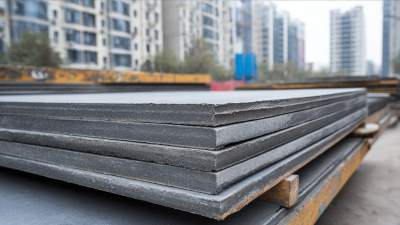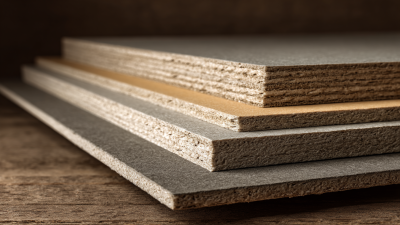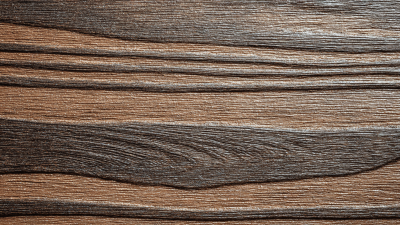Exploring the Benefits of Fiber Cement Floor Boards for Sustainable Home Design
In recent years, sustainable home design has gained significant traction, prompting architects and builders to seek innovative materials that align with eco-friendly practices. One such material that has emerged as a frontrunner in this domain is the Fiber Cement Floor Board. According to a report by the Global Cement and Concrete Products Market, the demand for fiber cement products has increased by over 10% annually, driven by their durability, low maintenance, and sustainable characteristics. Fiber Cement Floor Boards not only provide an aesthetically pleasing finish but also exhibit resistance to moisture, pests, and fire, making them an ideal choice for green building projects. As sustainability becomes a critical factor in construction, the incorporation of Fiber Cement Floor Boards is poised to revolutionize flooring solutions, contributing to healthier living environments and reduced carbon footprints. This paper explores the multifaceted benefits of Fiber Cement Floor Boards and their role in promoting sustainable design practices in modern homes.

Understanding Fiber Cement Floor Boards: Composition and Properties
Fiber cement floor boards are an innovative building material composed of a mixture of cellulose fibers, cement, and sand. This unique combination grants the boards exceptional durability and stability, allowing them to withstand various environmental conditions, including moisture and extreme temperatures. Unlike traditional wooden flooring, fiber cement does not warp or swell, making it a reliable choice for sustainable home design where longevity and low maintenance are essential.
The properties of fiber cement floor boards extend beyond their resilience. They are inherently fire-resistant and offer superior resistance to pests, such as termites, which can significantly reduce the need for chemical treatments that may harm the environment. Additionally, their sound insulation capabilities contribute to a quieter indoor space, enhancing the comfort of a home while promoting energy efficiency. As sustainability becomes increasingly important in modern architecture, fiber cement floor boards present an ideal option for homeowners looking to balance aesthetics with ecological responsibility.
Exploring the Benefits of Fiber Cement Floor Boards for Sustainable Home Design
| Property |
Description |
Benefits |
| Composition |
Made from a mixture of cement, sand, and cellulose fibers |
Durable and resistant to environmental factors |
| Sustainability |
Utilizes recycled materials and can be recyclable |
Reduces environmental impact and waste |
| Durability |
Highly resistant to moisture, fire, and pests |
Long-term flooring solution reduces replacements |
| Aesthetic Flexibility |
Available in various styles and finishes |
Can complement diverse design preferences |
| Cost-effectiveness |
Relatively lower installation and maintenance costs |
Economical choice for homeowners |
Evaluating the Environmental Impact of Fiber Cement Floor Boards
Fiber cement floor boards are becoming increasingly popular in sustainable home design due to their environmental benefits. Made from a combination of cement, cellulose fibers, and sand, these boards are not only durable but also non-toxic. The production process requires fewer resources compared to traditional flooring materials, resulting in a lower carbon footprint. Additionally, fiber cement is resistant to pests and rot, which means it has a longer lifespan and a reduced need for replacement, further minimizing waste.
**Tips:** When considering fiber cement floor boards for your home, look for products that have been certified by recognized environmental standards. This ensures that they meet sustainability criteria and are produced with minimal environmental impact. Also, take note of their thermal properties, as they can help regulate indoor temperatures, reducing energy consumption.
Another advantage of fiber cement is its versatility in design. These floor boards can mimic the appearance of wood or stone, providing aesthetic flexibility for modern homes while aligning with eco-friendly principles. By choosing fiber cement, homeowners not only enhance the beauty of their space but also contribute to a more sustainable future.
**Tips:** Think about integration with renewable energy sources, such as solar panels, when planning your sustainable home design. Pairing energy-efficient choices like fiber cement with renewable technologies can maximize your home's efficiency and minimize environmental impact.
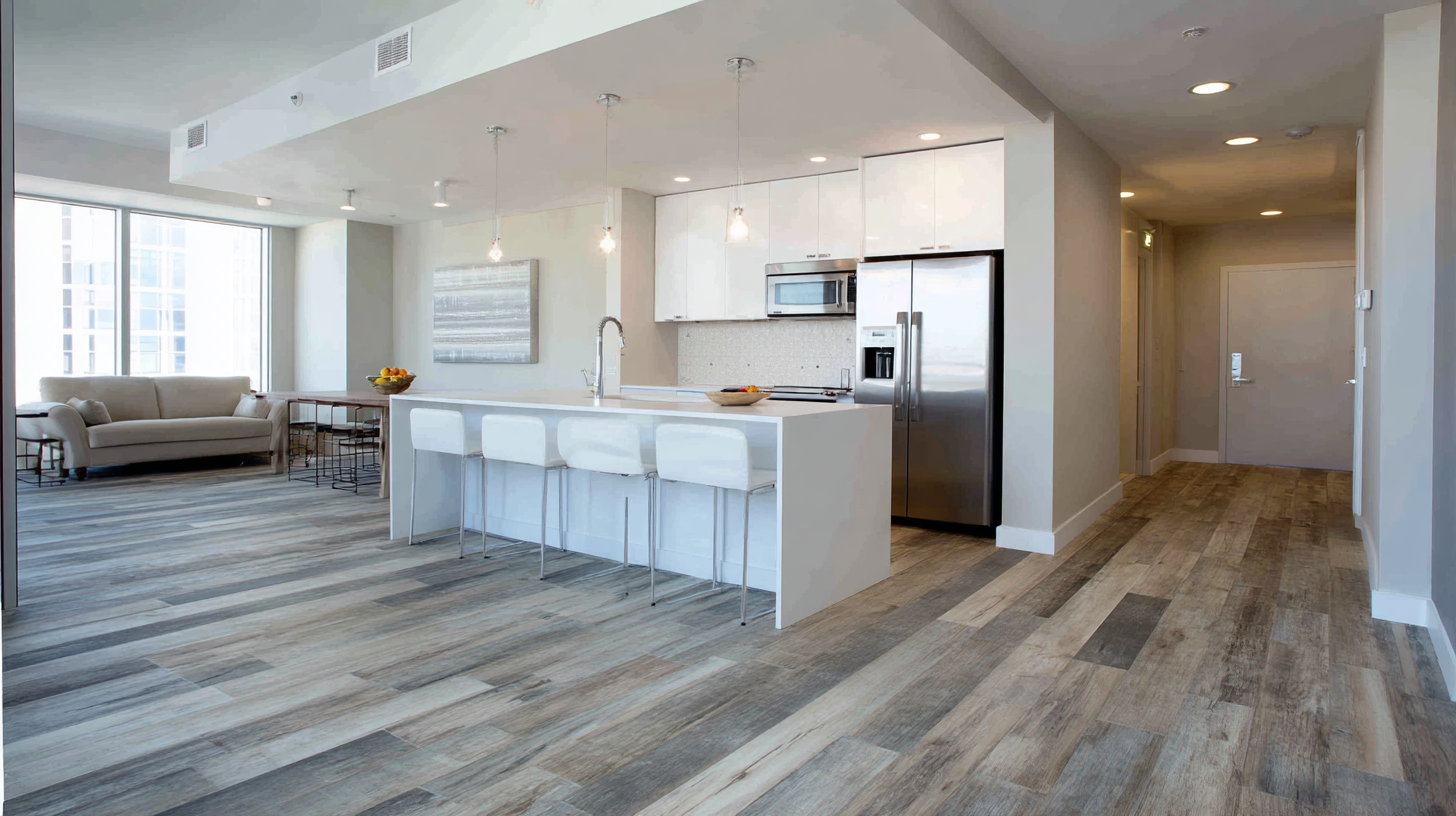
Comparing Fiber Cement with Traditional Flooring Materials for Sustainability
Fiber cement floor boards offer several advantages over traditional flooring materials when it comes to sustainability. Unlike hardwood, which often involves deforestation and a high carbon footprint, fiber cement is made from sustainable materials like cement, cellulose fibers, and sand. These components not only provide durability and resistance to moisture and pests but also ensure a longer lifespan, reducing the need for frequent replacements that characterize more conventional flooring options. This longevity is critical in minimizing waste and promoting a more environmentally friendly construction approach.
Additionally, fiber cement boards excel in terms of energy efficiency. Traditional flooring materials often require significant energy for production and can release volatile organic compounds (VOCs) that contribute to indoor air pollution. In contrast, fiber cement is produced with lower energy inputs and is free from harmful chemicals, promoting healthier indoor environments. Furthermore, its heat-resistant qualities enhance energy conservation in homes, reducing heating and cooling costs. Overall, in the quest for sustainable home design, fiber cement presents a compelling alternative, balancing aesthetics, performance, and environmental responsibility effectively.
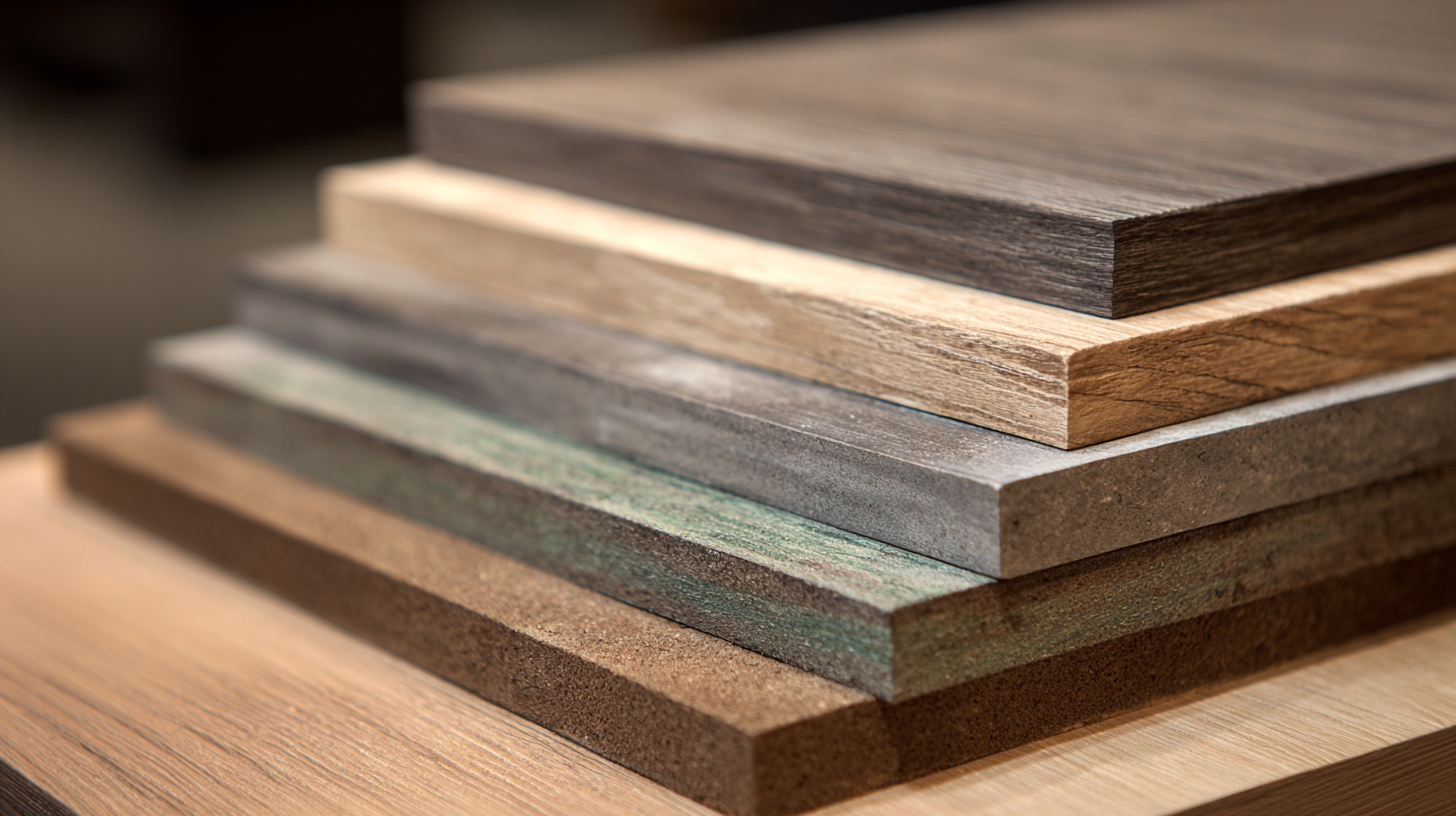
Cost-Effectiveness of Fiber Cement in Long-Term Home Design
When it comes to sustainable home design, the long-term cost-effectiveness of fiber cement floor boards cannot be overlooked. According to the "2021 World Green Building Trends" report by Dodge Data & Analytics, 64% of builders reported that using sustainable materials like fiber cement resulted in lower long-term operational costs. Fiber cement floor boards are not only durable but also resistant to moisture, pests, and fire, which significantly reduces maintenance and replacement costs over time. This durability can lead to an estimated lifespan of over 50 years, making them a sound investment for eco-conscious homeowners.
Additionally, a study by the Sustainable Materials Foundation indicates that incorporating fiber cement materials can lower energy consumption in homes by up to 30% compared to traditional wood or laminate options. By enhancing energy efficiency and decreasing the frequency of replacements, the initial investment in fiber cement floor boards pays off, economically and environmentally. Given the increasing market demand for sustainable solutions, homeowners may find that fiber cement not only aligns with their ecological values but also provides significant financial benefits in the long run.
Cost-Effectiveness of Fiber Cement Floor Boards in Long-Term Home Design
This bar chart illustrates the cost-effectiveness of Fiber Cement Floor Boards in long-term home design across various categories. The initial cost, maintenance, replacement, and energy savings over 20 years are compared to provide insights into their economic viability.
Installing Fiber Cement Floor Boards: Best Practices for Sustainable Living
Installing fiber cement floor boards is increasingly recognized as a key practice for sustainable living, aligning with the growing trends in sustainable building materials. These boards are not only durable and versatile but also contribute to energy efficiency within homes. The innovative production technologies behind fiber cement enable the creation of materials that are both environmentally friendly and high-performing, making them a preferred choice for eco-conscious builders and homeowners.
When installing fiber cement floor boards, it’s essential to adhere to best practices that enhance their sustainability benefits. Proper acclimatization of the boards before installation can help prevent warping or cracking. Additionally, using low-VOC adhesives and finishes during installation minimizes harmful emissions, further supporting healthy indoor air quality. By prioritizing responsible sourcing and installation techniques, homeowners can significantly enhance the overall energy performance and longevity of their living spaces, making fiber cement an excellent component of sustainable home design.

Products
About Us
Download
News
Blog
Contact Us
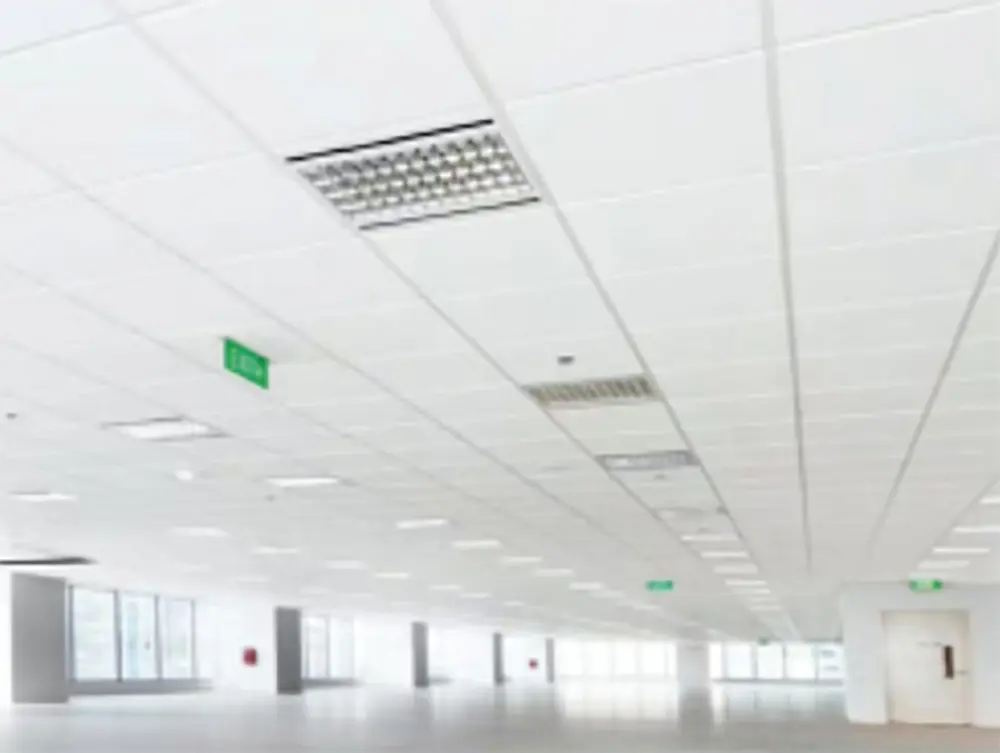 LEAO®Deco Ceiling
LEAO®Deco Ceiling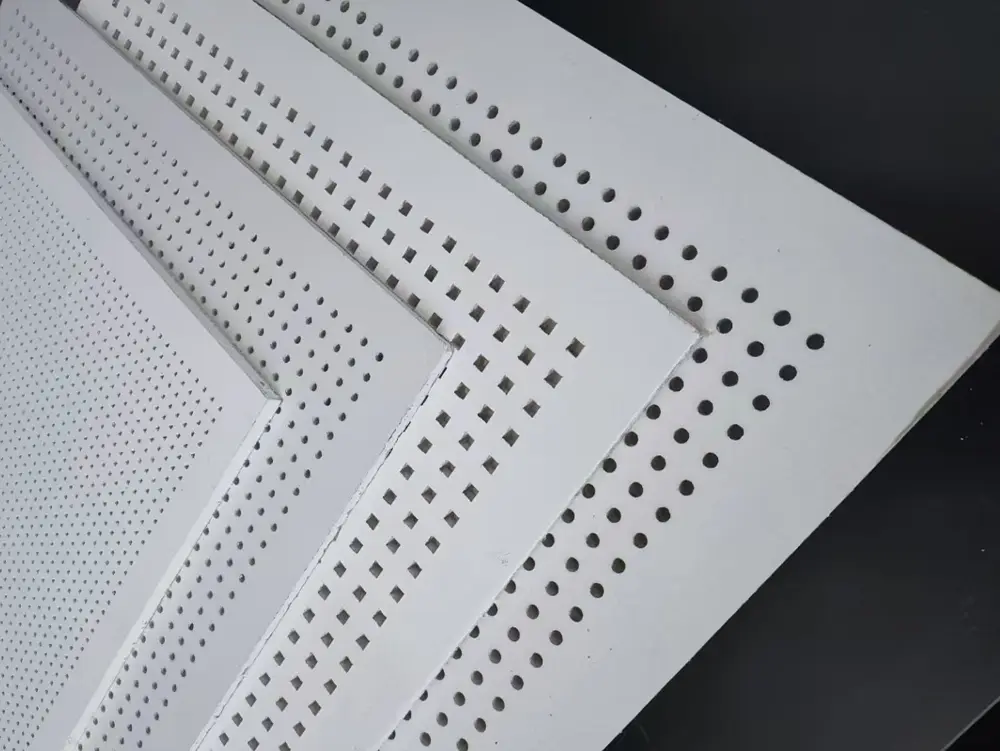 LEAO® Perforated Ceiling
LEAO® Perforated Ceiling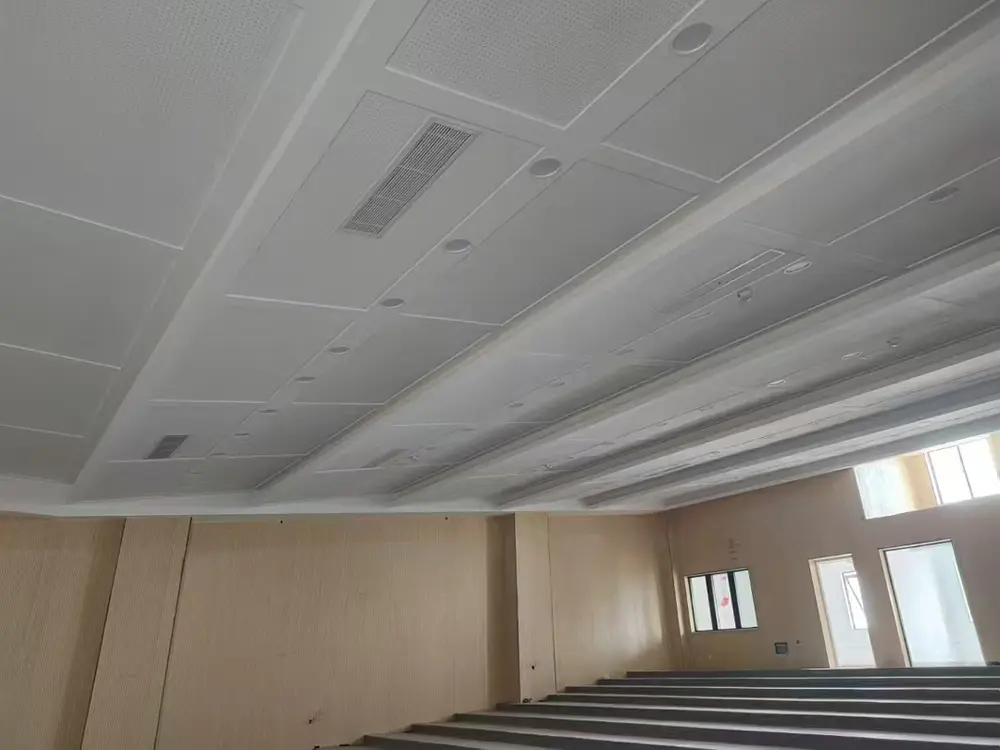 LEAO® Ceiling Board
LEAO® Ceiling Board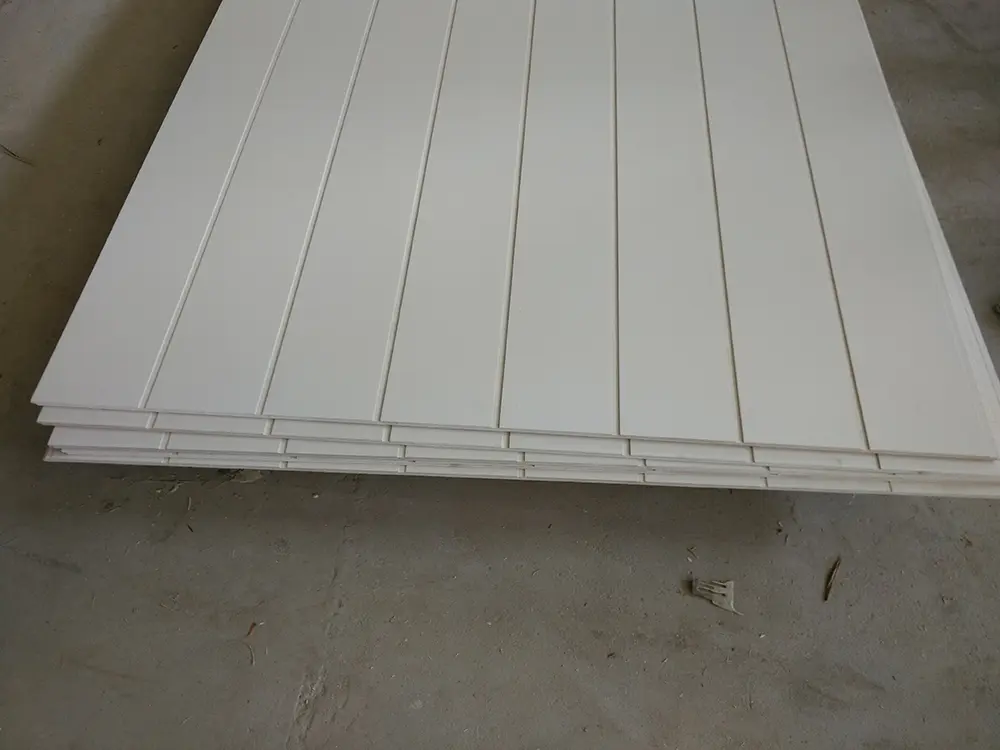 LEAO® Groove Interior Panel
LEAO® Groove Interior Panel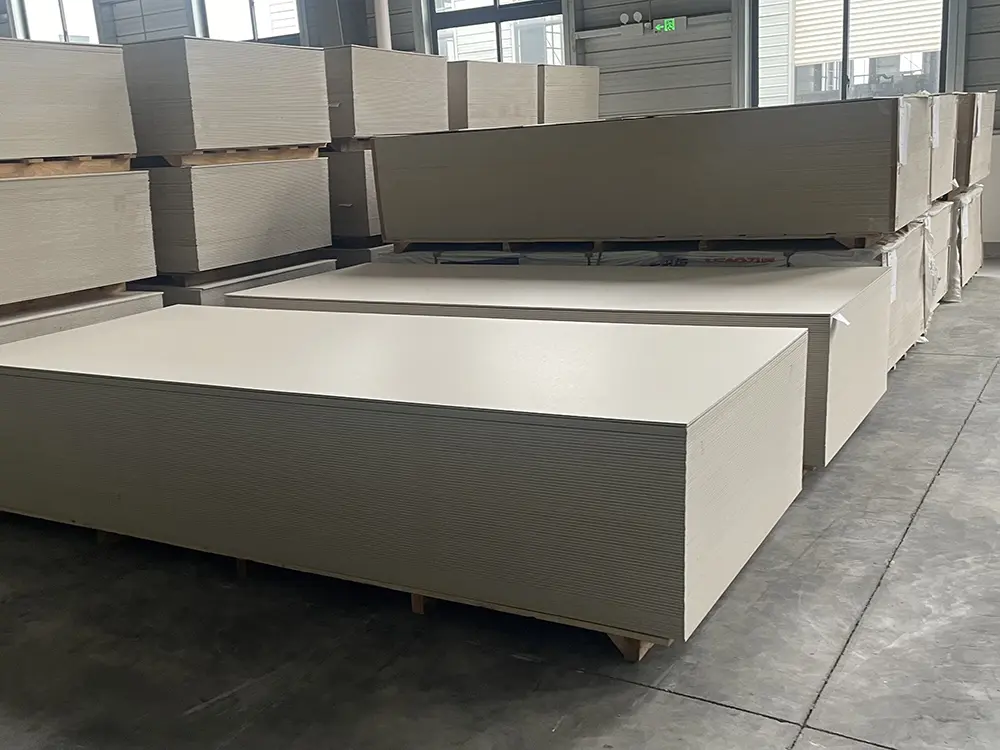 LEAO® Interior Board
LEAO® Interior Board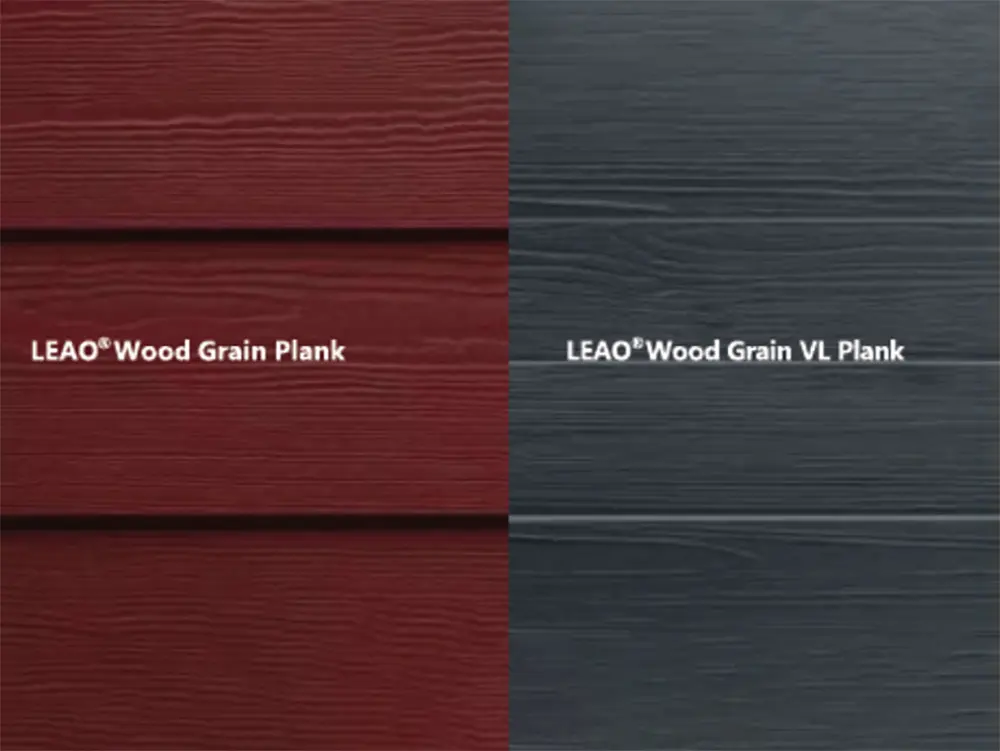 LEAO® Wood Grain Plank
LEAO® Wood Grain Plank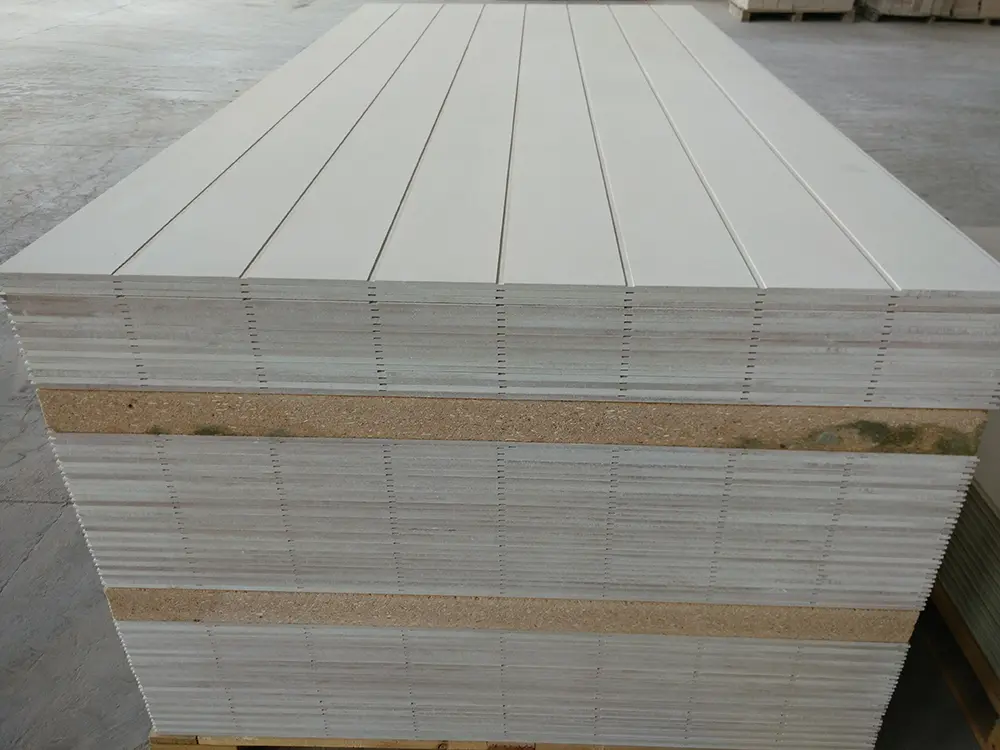 LEAO® Grooved Exterior Panel
LEAO® Grooved Exterior Panel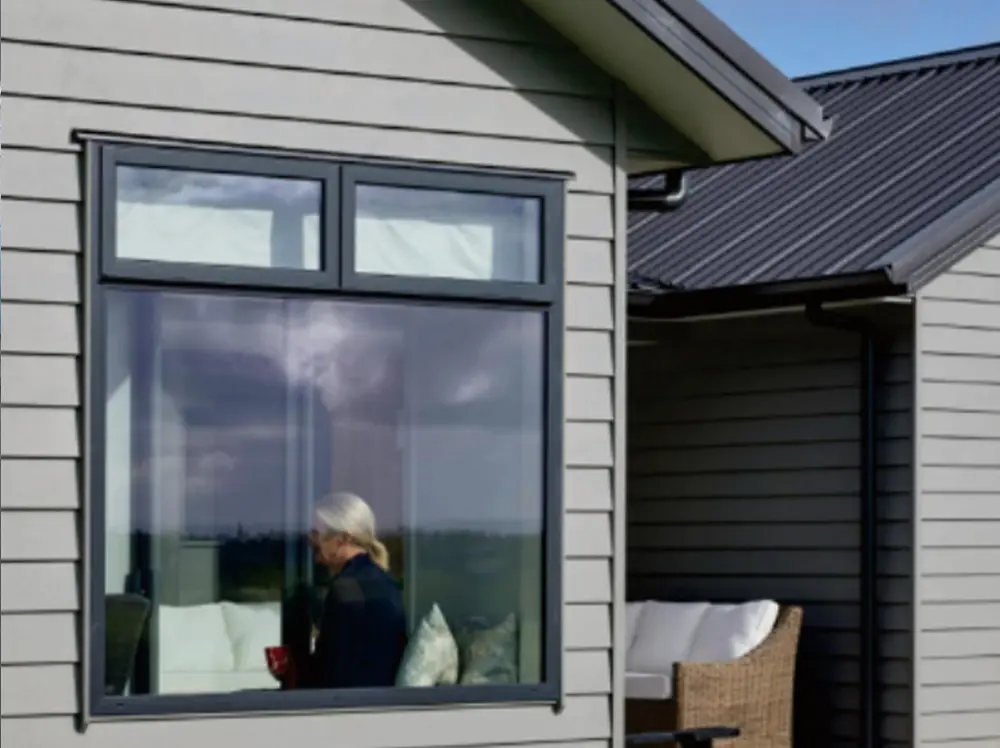 LEAO® Weatherboard
LEAO® Weatherboard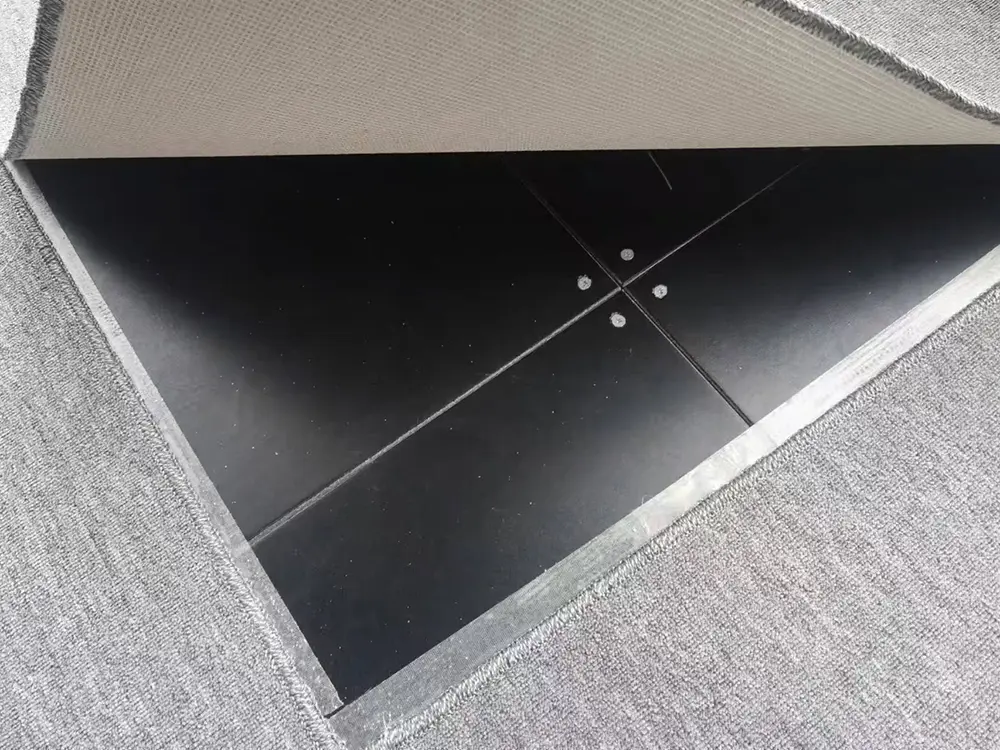 LEAO® Access Floors
LEAO® Access Floors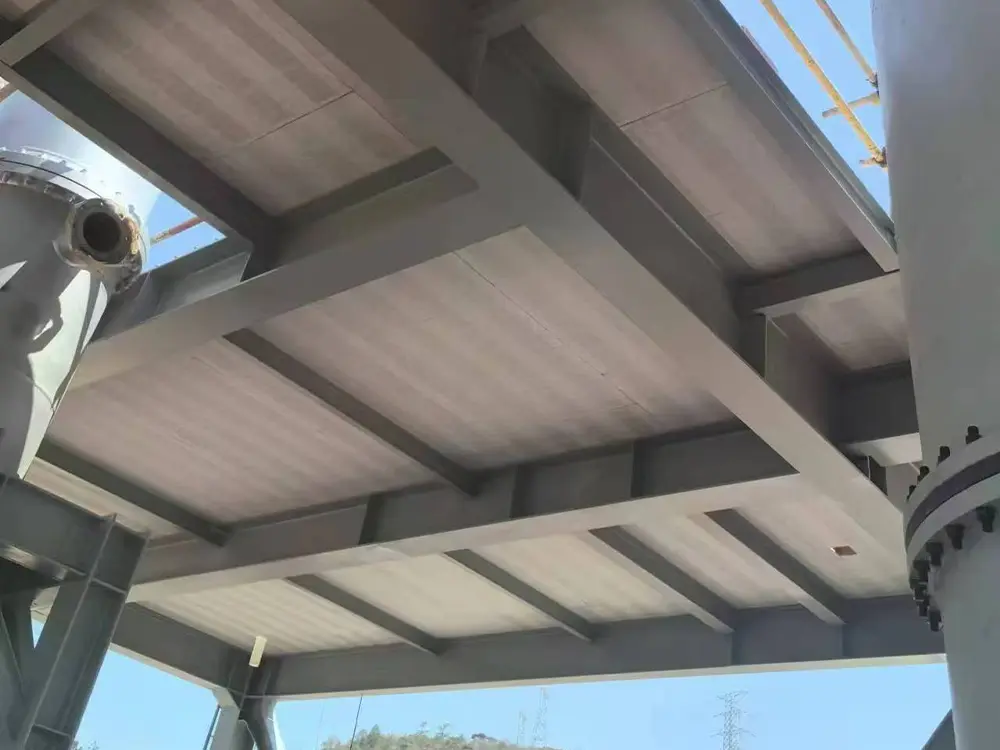 LEAO® Non-removable Formwork
LEAO® Non-removable Formwork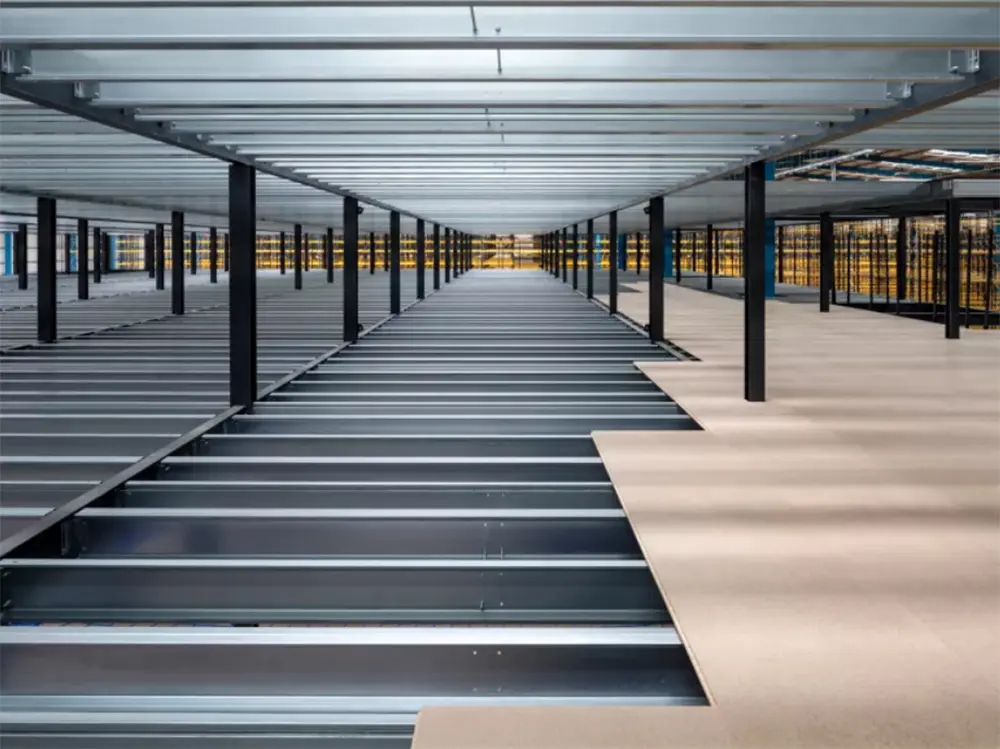 LEAO® Mezzanine Board
LEAO® Mezzanine Board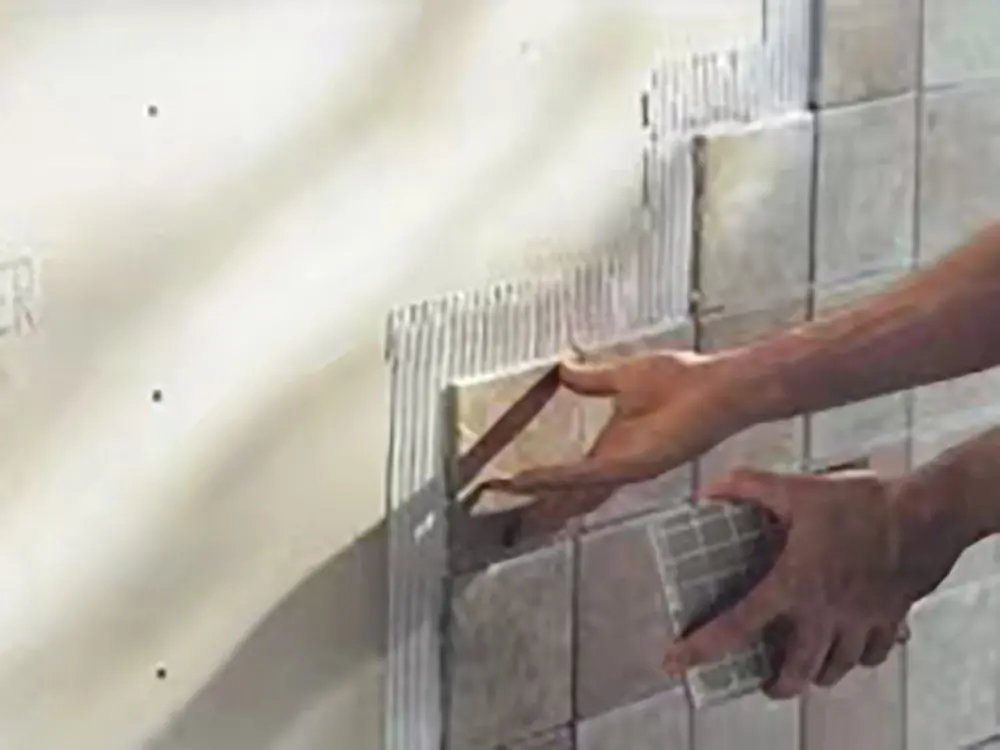 LEAO® Ceramic Tile Underlay
LEAO® Ceramic Tile Underlay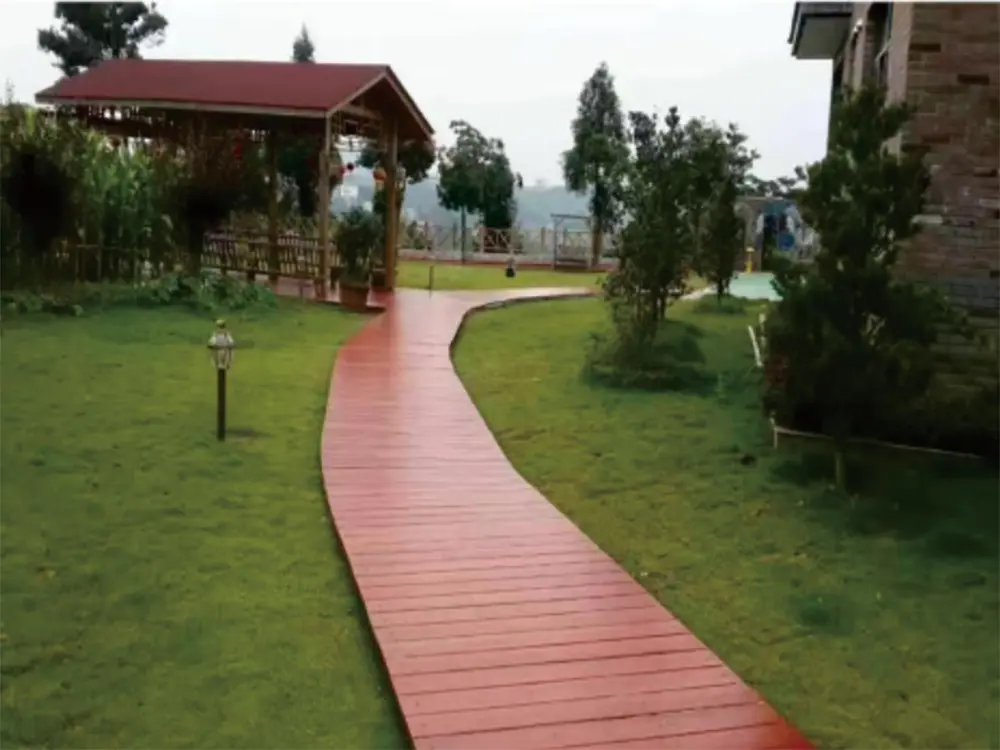 LEAO® Floor Plank
LEAO® Floor Plank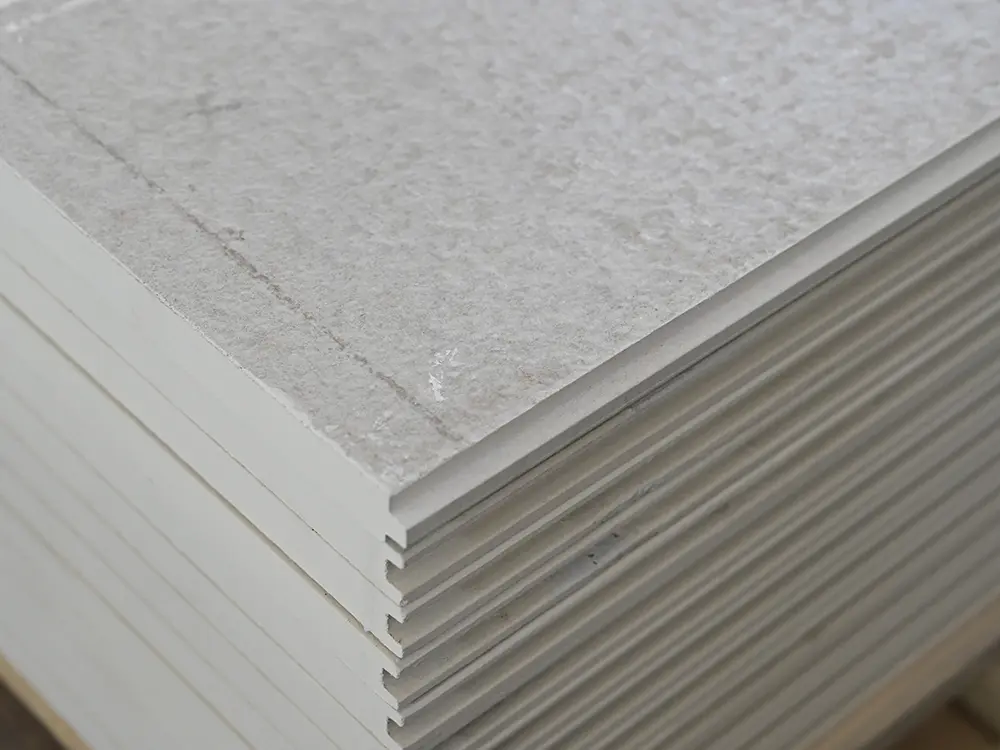 LEAO® Flooring
LEAO® Flooring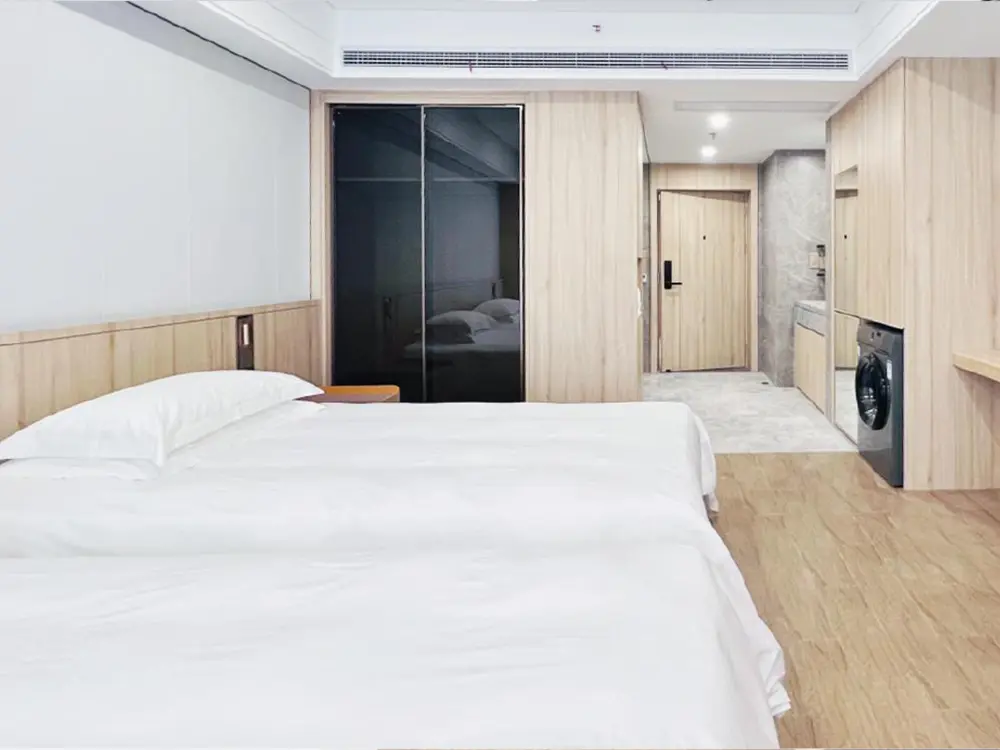 LEAO® Wood Style Decorative Panel
LEAO® Wood Style Decorative Panel LEAO® Stone Style Decorative Panel
LEAO® Stone Style Decorative Panel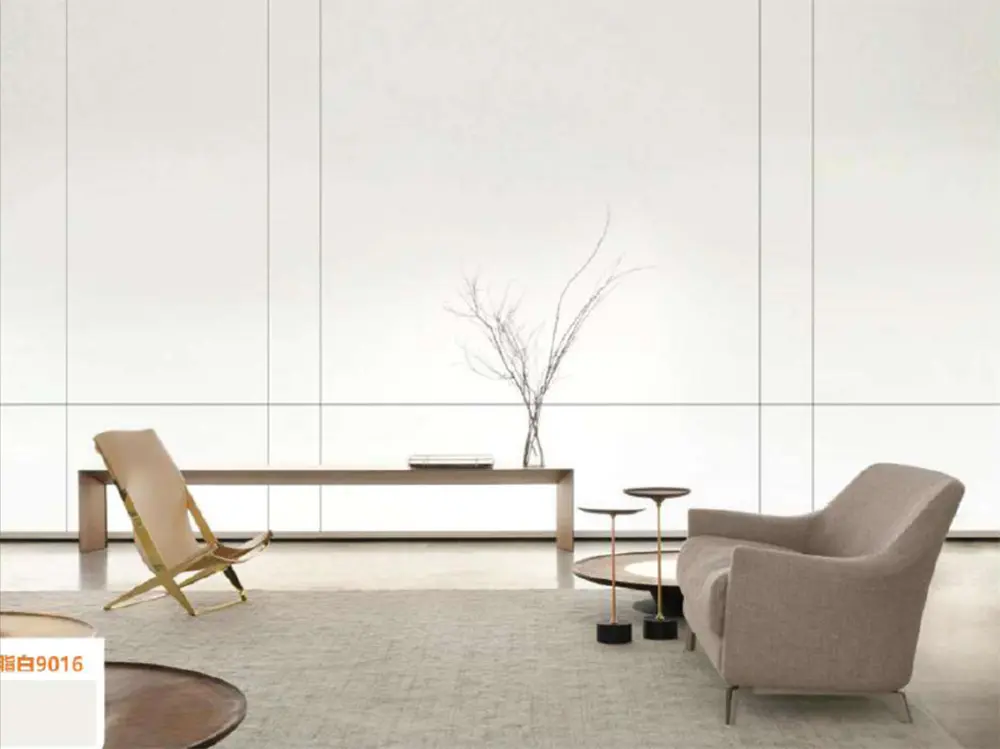 LEAO® Pure Style Decorative Panel
LEAO® Pure Style Decorative Panel



